Introduction
When planning a project that involves insulation, construction, or packaging, one of the key decisions you'll need to make is selecting the right type of foam. Two of the most commonly used polystyrene foams are Expanded Polystyrene (EPS) and Extruded Polystyrene (XPS). Both materials have unique properties, strengths, and ideal applications. In this guide, we’ll compare EPS and XPS foam to help you determine which one is the best fit for your project.
What is EPS Foam?
Expanded Polystyrene (EPS) is a lightweight, rigid, and versatile foam material. It’s made by expanding small polystyrene beads and fusing them together, creating a foam that consists of 98% air and 2% polystyrene. This makes it an excellent insulator while remaining lightweight.
Key Characteristics of EPS Foam:
- Density: Available in a range of densities from SL (Standard Light) at 13.5 kg/m³, to VH (Very High) at 28 kg/m³.
- Thermal Performance: EPS foam provides excellent insulation, though its R-value per inch is slightly lower than that of XPS. However, EPS retains its insulation properties over time.
- Cost-Effective: EPS is generally more affordable than XPS, making it a popular choice for projects with tight budgets.
- Eco-Friendly: EPS can be recycled and is less energy-intensive to manufacture than XPS.
Ideal Applications for EPS:
- Construction: Used in walls, roofs, and floor insulation, as well as in concrete formwork and structural insulated panels (SIPs).
- Packaging: EPS is widely used for protective packaging due to its lightweight and shock-absorbing properties.
- Craft Projects: Its versatility makes it perfect for model building and artistic projects.
Product Highlight: Our EPS Polystyrene Foam Sheets are ideal for insulation and packaging applications, offering a balance of cost and performance. Explore our EPS foam options here.
What is XPS Foam?
Extruded Polystyrene (XPS) foam is produced through an extrusion process, resulting in a more consistent and closed-cell structure compared to EPS. This makes XPS stronger, denser, and more moisture-resistant.
Key Characteristics of XPS Foam:
- Density: XPS foam is typically denser than EPS, with a standard density range of 32-35 kg/m³.
- Higher R-Value: XPS foam offers a higher R-value per inch than EPS, making it more effective at insulating with a thinner layer.
- Moisture Resistance: Thanks to its closed-cell structure, XPS foam has better moisture resistance, making it a preferred choice in environments prone to dampness.
- Durability: XPS foam provides higher compressive strength, making it suitable for more demanding applications such as load-bearing projects.
Ideal Applications for XPS:
- Foundation Insulation: XPS is ideal for below-grade insulation where moisture resistance is critical, such as in foundation walls and under slab insulation.
- Roof Insulation: It is often used in roofing systems where strength and durability are important.
- Civil Engineering: XPS is used in roadways, embankments, and other large-scale civil engineering projects requiring a durable, moisture-resistant material.
Product Highlight: Our XPS Polystyrene Foam Sheets offer superior strength and moisture resistance, making it the perfect solution for demanding insulation projects. Learn more about XPS here.
EPS vs. XPS: A Side-by-Side Comparison
| Property | EPS Foam | XPS Foam |
|---|---|---|
| Density | 13.5 kg/m³ to 28 kg/m³ | 32-35 kg/m³ |
| R-Value | Lower R-value per inch, but maintains over time | Higher R-value per inch |
| Moisture Resistance | Moderate, can absorb moisture over time | Excellent, due to closed-cell structure |
| Strength | Good, but less compressive strength than XPS | Superior compressive strength |
| Cost | More affordable | More expensive |
| Best for | Insulation, packaging, craft projects | Below-grade insulation, roofing, civil projects |
Which Foam is Right for Your Project?
When deciding between EPS and XPS foam, you need to consider your project’s specific needs:
- For Budget-Conscious Projects: EPS is a more affordable option, providing good insulation and versatility at a lower cost. It’s ideal for non-load-bearing insulation, packaging, and general-purpose applications.
- For Moisture-Prone Environments: XPS’s closed-cell structure offers superior moisture resistance, making it the better choice for applications like below-grade insulation or in damp environments like basements.
- For Strength and Durability: If your project requires a material with high compressive strength and durability, such as in road construction or heavy-duty insulation, XPS foam is your best bet.
- For Sustainable Projects: If eco-friendliness is a priority, EPS is easier to recycle and is manufactured with less energy, making it the greener option.
Conclusion
Both EPS and XPS foam offer distinct advantages depending on your project’s requirements. Whether you need an affordable, versatile material like EPS, or a moisture-resistant, high-strength foam like XPS, understanding their differences will help you make the best decision for your project.
Need help deciding which foam to use for your next project? Contact us today for personalized advice, or explore our full range of EPS and XPS foam products on our homepage.
Related Questions
What does "closed cell" mean?
XPS foam insulation is a type of closed-cell insulation, where the polystyrene cells are tightly packed without gaps or spaces. This structure results from an extrusion process in which polystyrene is pushed through a die. In contrast, EPS foam is made by expanding polystyrene cells, which can create small, uneven spaces. Closed-cell insulation is crucial for minimizing heat transfer and enhancing resistance to water absorption and vapor infiltration.


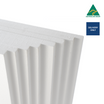
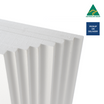
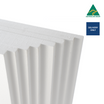
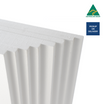
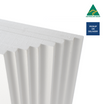
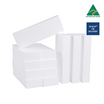
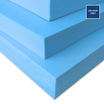
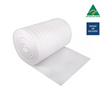
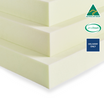

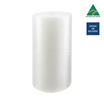
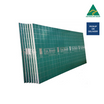
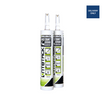

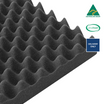

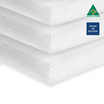
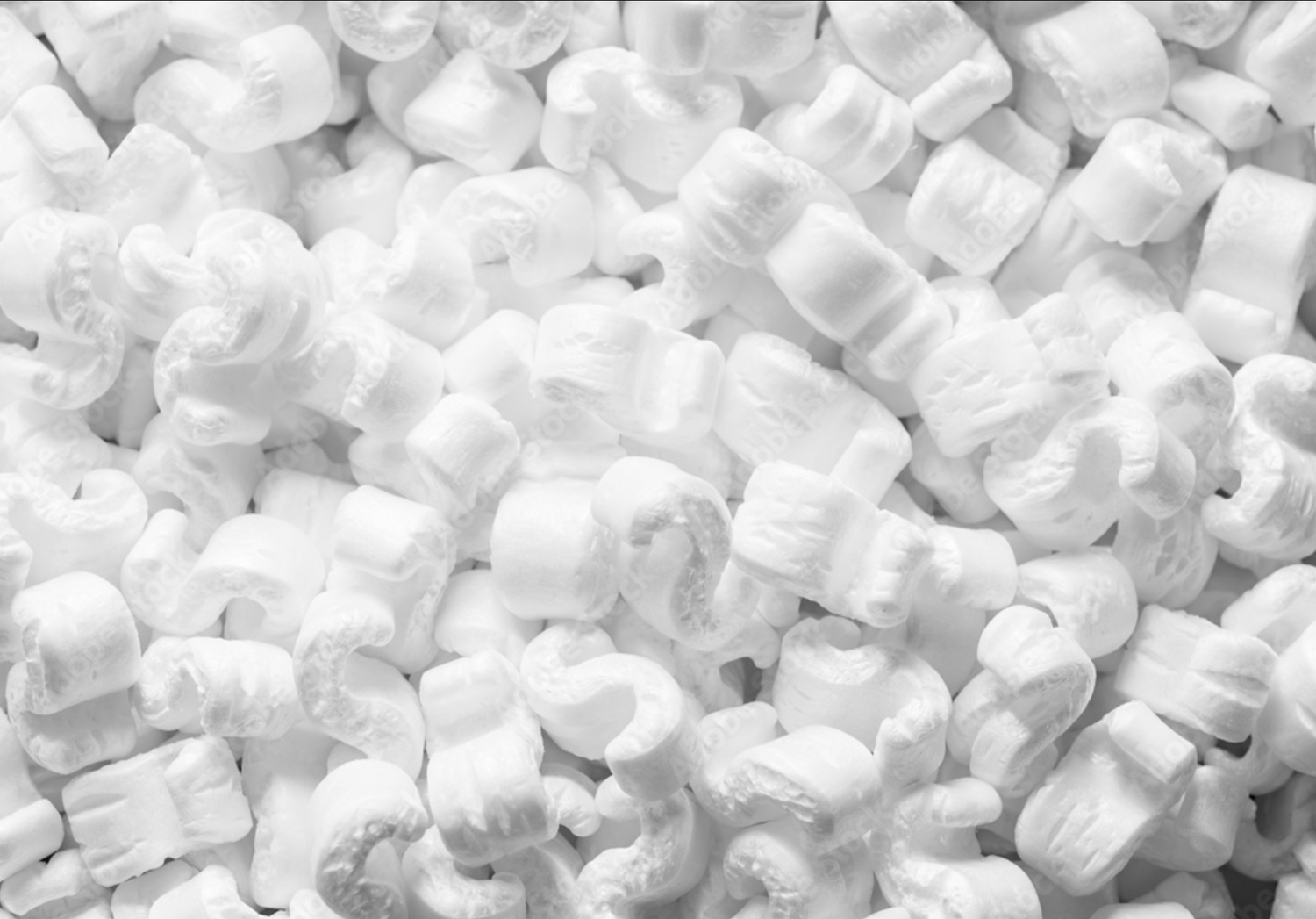
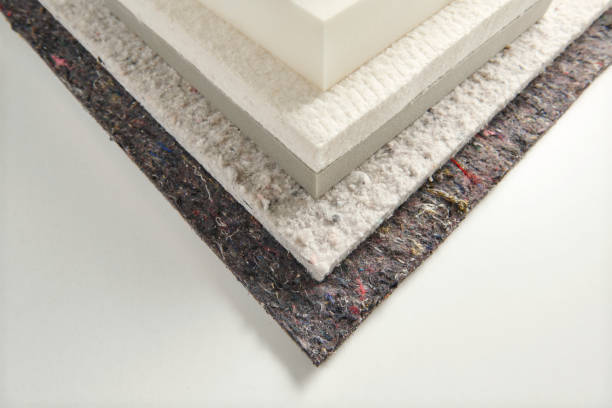
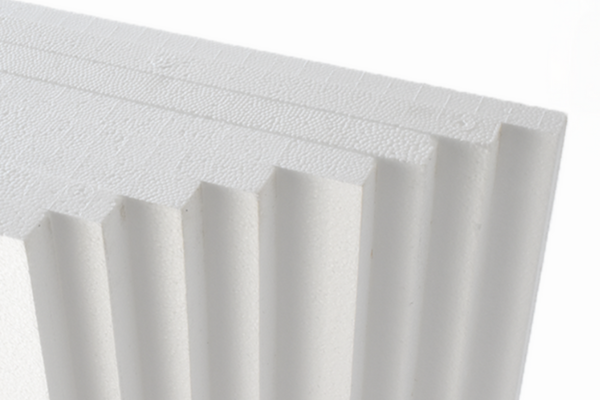
Leave a comment
This site is protected by hCaptcha and the hCaptcha Privacy Policy and Terms of Service apply.